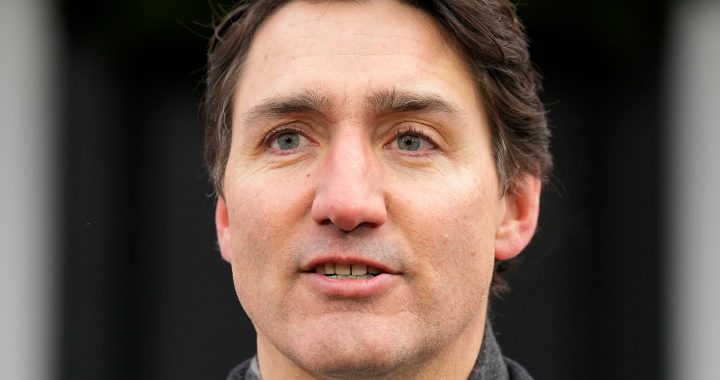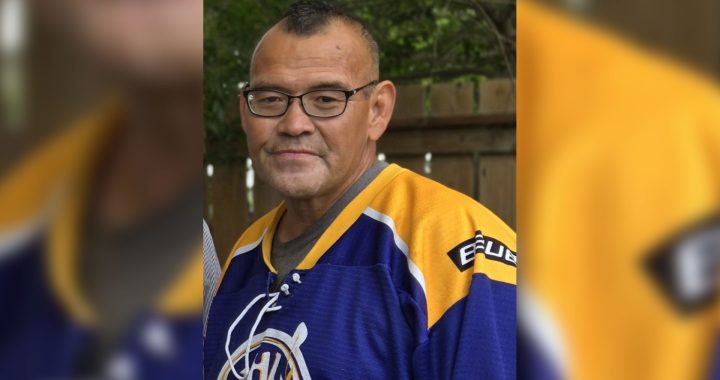Governor General Mary Simon wrapped up a three-day visit to Yukon in her first official visit to the territory.
The visit kicked off in a simple but pomp ceremony on Sunday, where around two dozen people gathered in Whitehorse to welcome Simon and her husband Whit Fraser.
Several dignitaries, government officials and First Nations representatives met Simon at Taylor House, the official residence of the Commissioner of Yukon.
“It’s a wonderful trip and I’ve met a lot of people that I know,” Simon told APTN News.
“I feel like there’s a lot of activity going on in the Yukon, and it seems all very progressive in terms of what the territory is doing.”
During the reception at Taylor House, Simon formally met with Commissioner of Yukon, Angelique Bernard, and inspected the guard of honor, a platoon from the Canadian Rangers.
Adeline Webber, vice-president of the Whitehorse Aboriginal Women’s Circle and Yukon’s delegate to Rome in March, said she was thrilled to get the opportunity to meet Simon.
“She was very interested in what we were doing locally, and for a matter of fact, she even mentioned ‘Oh you were on with the Pope.’ It was nice,” Webber said.
Webber noted it’s inspiring to have an Indigenous female as Governor General.
“I think that’s really, really important. It gives credence to Aboriginal women. We’re leaders in our community and it’s nice to see when they get recognized officially.”
Art, education top of mind
That same day Simon travelled to the community of Carcross to meet with representatives of the Carcross/Tagish First Nation.
In January the First Nation declared a state of emergency in due to a surge of drug related deaths.
Simon told APTN addictions are in an important area in her work and the reason why she’s advocating for increased mental health services.
“I think there’s a real need to focus on what’s going on and making sure that people have the right support in order to confront what they are confronted with, whether it’s an issue with addictions or any kind of substance abuse,” she says.
The importance of art was also on the agenda, and Simon was the keynote speaker for the Arctic Arts Summit in Whitehorse, an event attended by artists from across the arctic and circumpolar region aimed at strengthening the northern art community.
During her keynote address, Simon spokes of the importance of art, even attempting a few lines in French, a language she promised to learn during her installation.
“Artists are reflective of culture. You shine a light that impact our communities every day,” she said during the address.
Simon also met with curators at the Yukon Arts Centre to view TETHER, a new exhibit featuring more than 50 works by Indigenous artists from across the North.
Simon noted art is important for cultural identity in the North, especially for Indigenous people.
“Art has always been an important part of Indigenous culture and it tells our stories and our ways of doing. It’s really important that our art today is being shown more and more and it’s encouraging a lot of young artists to start getting involved in doing their own art,” she said.
Simon ended her visit to Yukon at Yukon University, Canada’s first and only northern university.
She met with students, faculty and researchers to learn about the university’s Indigenous programming and viewed items made by students in the First Nations Arts Certificate program.
Lisa Hutton, a Tr’ondëk Hwëchin First Nation citizen and graduate of the university’s Indigenous Governance program, said it was an honor to share the details of the program with Simon.
“It’s a beautiful moment and a proud moment,” Hutton said. “She was really personable, she asked really great questions, she listened to the stories everyone was telling around the room.”
Simon said having a northern university is vital to delivering education with Indigenous values.
“For people to be getting a university degree based on (Indigenous teachings) is extremely important,” she said.
“I think it will encourage the younger generation to get higher education by having a university in the North, and also to look at the university in a way that allows them to express their own culture and their own identity.”
Simon’s three-day visit was part of a larger plan for her to visit each province and territory to engage with Canadians across the country.










